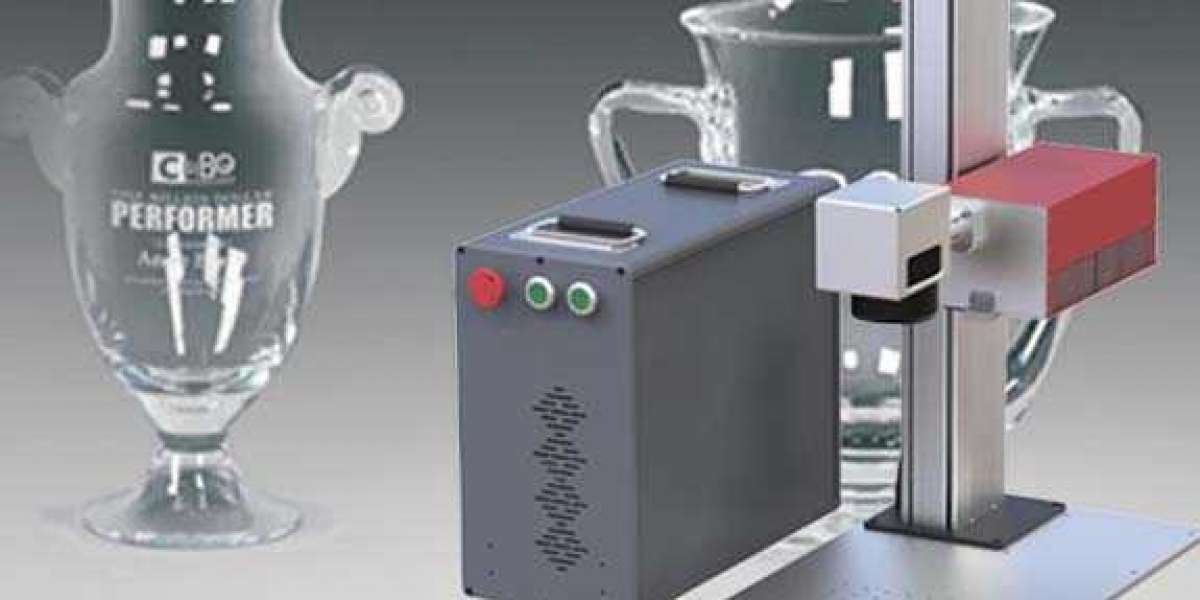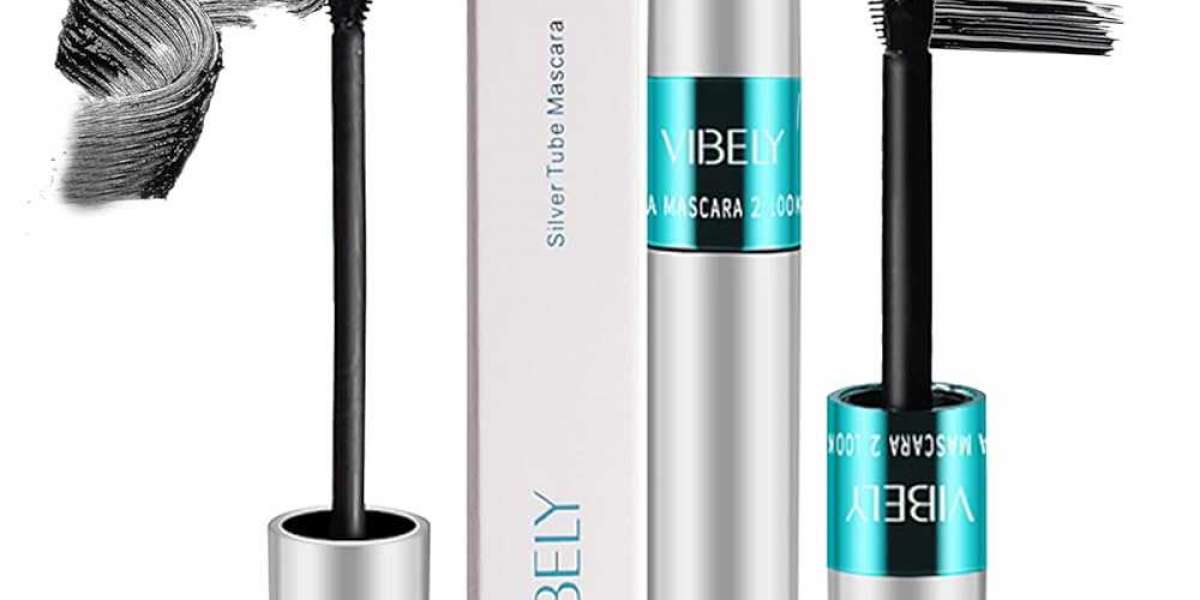In recent years, UV laser technology has emerged as a revolutionary tool in precision marking, micro-processing, and high-resolution engraving. With its ability to produce minimal heat-affected zones, UV laser light offers an ideal solution for industries requiring extreme precision, such as electronics, medical device manufacturing, and glass engraving.
Why UV Laser is a Game-Changer in Industrial Applications
Unlike traditional infrared or CO₂ lasers, UV laser systems operate on a much shorter wavelength, typically around 355 nm. This shorter wavelength allows UV laser light to be absorbed more efficiently by a broader range of materials, including plastics, ceramics, glass, and even sensitive electronic components. The result is ultra-fine, high-contrast markings without damaging the surrounding area—a core advantage that makes UV laser marking increasingly popular across multiple sectors.
Applications of UV Laser Marking in High-Precision Fields
UV laser marking excels in applications where traditional lasers may cause burns, melting, or deformation. It is frequently used for:
Serial numbers and QR codes on circuit boards
Barcode etching on medical tubes and plastic housings
Glass surface decoration or anti-counterfeiting marks
Fine text on cosmetic packaging or pharmaceutical labels
This high-resolution capability is particularly useful in industries that demand clarity, permanence, and compliance with safety and traceability standards.
The Role of Deep UV Laser in Next-Generation Processing
The advent of deep UV laser technology—lasers operating below 300 nm—has taken micro-marking to the next level. Deep UV systems enable even more precise material interaction at the molecular level, allowing for extremely small features to be engraved with near-zero thermal effect. This opens up new possibilities in semiconductor fabrication, biophotonics, and lab-on-chip devices.
Compared to conventional UV laser solutions, deep UV laser systems provide improved edge quality and minimal carbonization, making them an attractive option for industries focused on material purity and microscopic accuracy.
The Growing Popularity of UV Laser Light in Eco-Friendly Manufacturing
One major advantage of UV laser light systems is their non-contact, chemical-free processing method. Unlike ink-based printing or acid etching, UV laser marking does not require solvents or consumables, making it an environmentally friendly solution for modern production lines. Its ability to mark without inducing mechanical stress also prolongs the durability of delicate components, which is especially critical in aerospace and medical device applications.
Choosing the Right UV Laser System
Selecting a UV laser or deep UV laser system depends on your industry’s unique marking requirements. Factors to consider include laser power, pulse width, beam quality, and the type of substrate to be processed. For intricate and ultra-fine marking tasks, especially on sensitive or heat-sensitive materials, UV laser marking is an indispensable tool that continues to shape the future of manufacturing.








